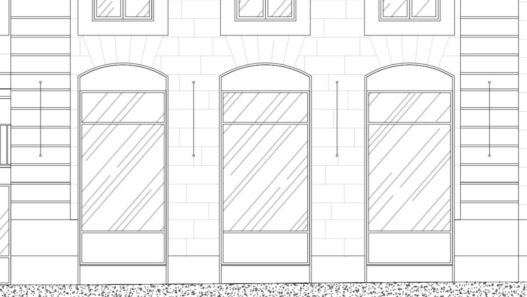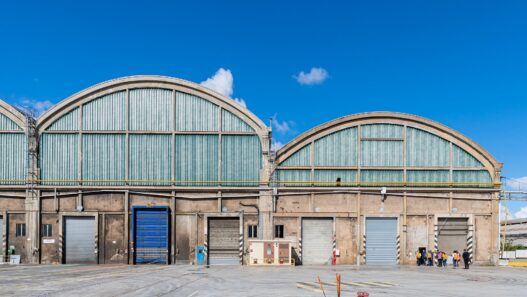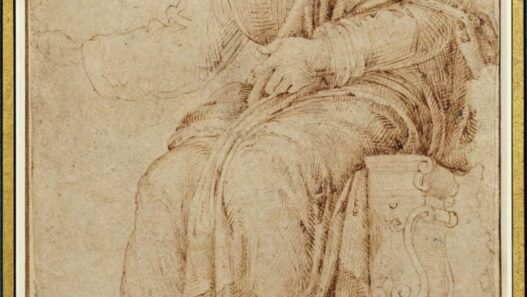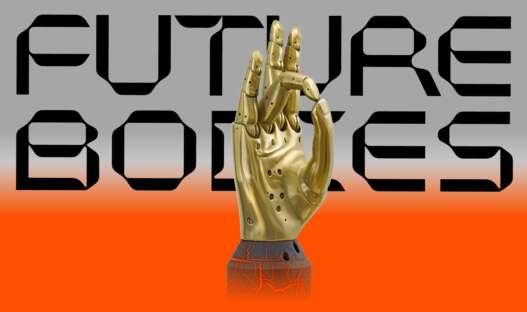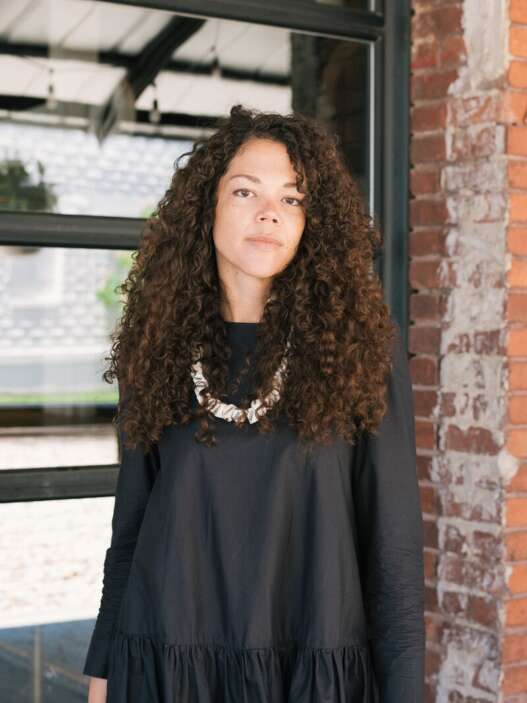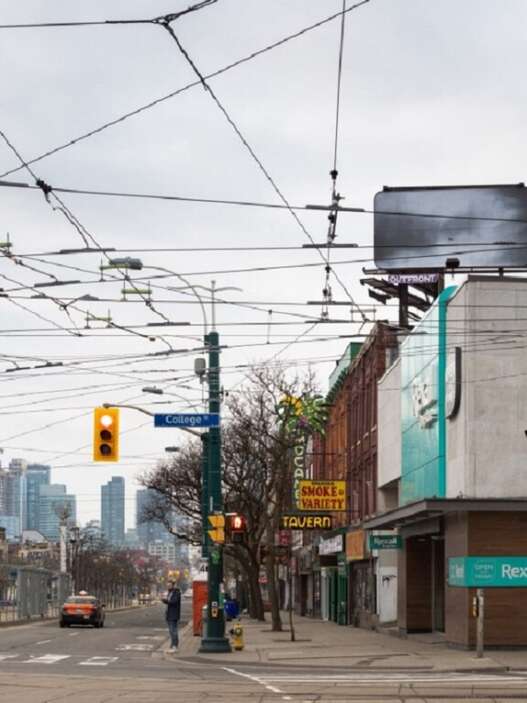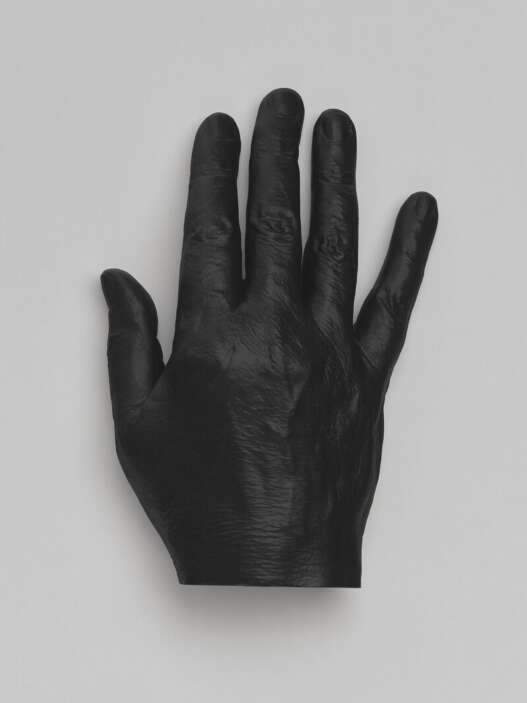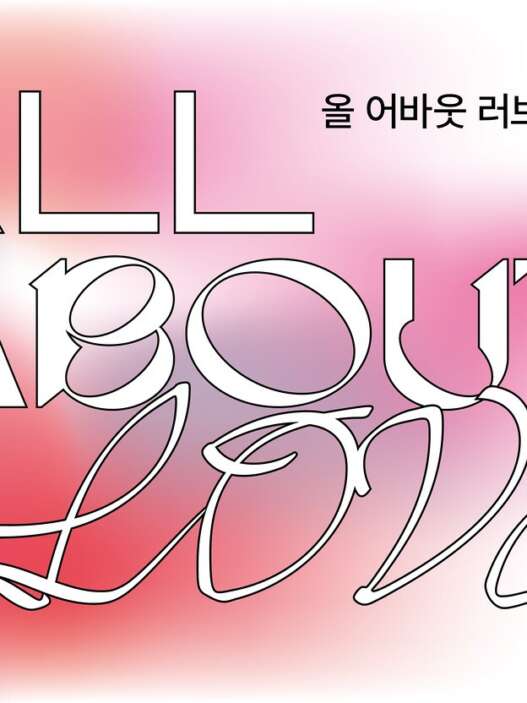Future Bodies from a Recent Past
Sculpture, Technology, and the Body since the 1950s
June 2, 2022–January 15, 2023
Technobodies: July 29–31, talks, performances, workshops, and music
Haus der Kunst, Lenbachhaus and Museum Brandhorst
Future Bodies from a Recent Past—Sculpture, Technology, and the Body since the 1950s brings to life a hitherto little-noticed phenomenon in art, and more particularly in sculpture: the reciprocal interpenetration of body and technology. With more than 100 works and several large-scale installations by around 60 artists—primarily from Europe, the United States, and Japan—the exhibition focuses on the major technological changes since World War II and their influence on our ideas of the body.
Contemporary art is characterized by an examination of the relationship between the body and technology. Many artworks from recent years reflect how we experience ourselves and our environments in the highly technological and networked present. Yet this relationship can be traced far back into the 20th century. The post-war period was marked by rapid technological change, which has become the pinnacle of ideological instrumentalization. It satisfied the need for novelty as much as the need to overcome the traumas of war. At the same time, technology became a crystallization point for global threats and fears of change, or even loss of control. Within this broad spectrum, ranging from euphoria about the future to critical distancing, sculpture also engaged with new technologies. These served equally as means of emancipation as surveillance and (external) control, and profoundly influenced our understanding of bodies.
Across two floors of Museum Brandhorst, Future Bodies from a Recent Past presents for the first time a structured frame of reference for this narrative, ranging from the post-war period to the present. Throughout, it becomes clear that sculpture is particularly well suited to picking up and reflecting on these changes—not only because sculptures are physical objects in space and therefore provide a possibility for projecting our own corporeality, but also because they share their materials and production methods with the world that surrounds us. This permeability to outside influences is also evident in the artworks included here. The exhibition charts a journey through forms and modes of expression in sculpture, which have changed more in the last 70 years than probably ever before in its long history.
With artworks by
Genpei Akasegawa, Paweł Althamer, Nairy Baghramian, Joachim Bandau, Matthew Barney, Alexandra Bircken, Louise Bourgeois, Robert Breer, John Chamberlain, Barbara Chase-Riboud, Shu Lea Cheang, Jesse Darling, Stephanie Dinkins, Aleksandra Domanović, Melvin Edwards, Bruno Gironcoli, Robert Gober, Felix Gonzalez-Torres, Nancy Grossman, Lynn Hershman Leeson, Eva Hesse, Judith Hopf, Rebecca Horn, Tishan Hsu, Edward Ihnatowicz, Arthur Jafa, Motoharu Jōnouchi, KAYA, Kiki Kogelnik, Shigeko Kubota, Tetsumi Kudo, Yayoi Kusama, Nicola L., Mark Leckey, Sarah Lucas, Bruce Nauman, Senga Nengudi, Kiyoji Ōtsuji, Tony Oursler, Nam June Paik, Eduardo Paolozzi, Friederike Pezold, Julia Phillips, Walter Pichler, Seth Price, Carol Rama, Germaine Richier, Niki de Saint Phalle, Hans Salentin, Ashley Hans Scheirl, David Smith, Alina Szapocznikow, Takis, Atsuko Tanaka, Paul Thek, Jean Tinguely, Hannsjörg Voth, Franz West
Curated by: Patrizia Dander, Chief Curator, with Franziska Linhardt, Research Associate
Catalogue: The exhibition is accompanied by a comprehensive publication with essays by Louis Chude-Sokei, Patrizia Dander, Alex Kitnick, Franziska Linhardt, Megan R. Luke, and Jenny Nachtigall.
The exhibition is generously supported by
ERES-Stiftung
PIN. Freunde der Pinakothek der Moderne e.V.
K. S. Fischer-Stiftung
Allianz, Partner of PIN. Freunde der Pinakothek der Moderne e.V.
Media partners
ARTE
ZÜNDFUNK Bayern2
The art education programs for the exhibition are funded within the context of “dive in. Program for Digital Interactions” of the Federal Cultural Foundation, funded by the Federal Government Commissioner for Culture and the Media (BKM) in the NEUSTART KULTUR program.
For further information please contact our press department: Anna Woll, Head of Communications, [email protected]
Museum Brandhorst
Theresienstraße 35a
80333 Munich
Germany
Hours: Tuesday–Sunday 10am–6pm,
Thursday 10am–8pm
www.museum-brandhorst.de
Instagram / Twitter / Facebook / YouTube




